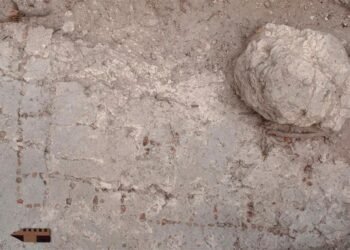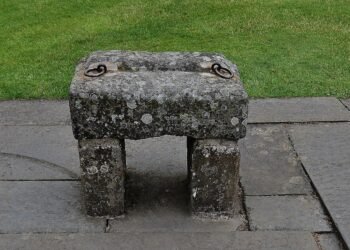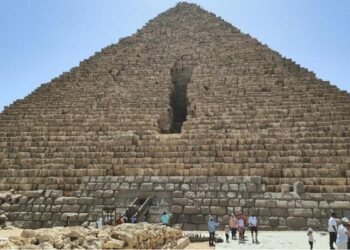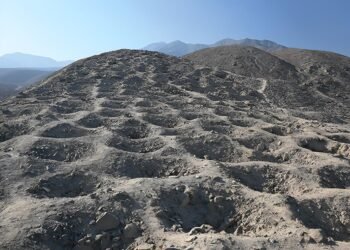Between 2017 and 2021, extensive excavations by the Thuringian State Office for Monument Preservation and Archaeology (TLDA) unveiled an extraordinary archaeological site near Kölleda, Germany, uncovering a rich history of human occupation spanning over 4,000 years. Located on a 20-hectare site slated for industrial development, the excavations have revealed insights into the lives of early inhabitants, from the 4th millennium BCE to the 7th century CE, encompassing both settlement and burial sites from various eras, including the Merovingian period.
One of the most significant discoveries was a 6th-century burial ground comprising 17 graves from a period when the Thuringian Kingdom had fallen under the rule of the Merovingian Frankish Empire. Among these graves was a unique burial of a high-status woman, dubbed the “Lady of Kölleda,” whose final resting place has captivated archaeologists due to its exceptional preservation and contents. “Only a few settlement sites from the Merovingian period have been excavated in central Germany to date,” remarked a spokesperson from the TLDA.
The graves, including that of the Lady of Kölleda, displayed various elaborate features uncommon for the region. Most of the graves were exceptionally deep, and the deceased were interred in wooden burial chambers filled with luxury items. These grave goods included finely crafted weapons, exquisite jewelry, and rare bronze vessels likely produced in the eastern Mediterranean, as well as luxury glassware from workshops in the Rhine-Main area. The burial of horses alongside 11 of the deceased further attests to the high status of those interred, with the animals laid in seven pits close to their owners—a practice highlighting the symbolic importance of horses in Merovingian culture.

What sets the Lady of Kölleda’s burial apart is the two-chambered structure constructed over 13 feet below the surface, with large stones lining the edges of the upper chamber. This additional chamber prevented looters from accessing the grave, preserving its contents despite a World War II bomb detonation nearby. Encased in a massive 13-ton block for transport, the entire burial site was relocated to TLDA’s conservation workshop in Weimar, where ongoing micro-excavations since 2023 have revealed numerous objects that further illuminate the Lady’s social standing and far-reaching cultural connections. Archaeologists have used various advanced techniques, including 3D scanning and CT imaging, to analyze the grave in minute detail, allowing for the identification and preservation of delicate items such as a pearl necklace.
Artifacts from the burial reflect the broad cultural influences and wealth of the Lady of Kölleda, including numerous gold and silver jewelry pieces and an intricately chased bronze basin. “The objects, of outstanding artistic quality, reveal far-reaching cultural relationships of members of this upper class as far as central Italy and the Mediterranean region,” stated the TLDA. Her grave goods, alongside food offerings, suggest not only her high rank within Frankish society but also her connections to broader trade networks and cultural exchanges across Europe and the Mediterranean.
In addition to the burial ground, the excavations uncovered a Merovingian settlement roughly 100 meters south, comprising around 70 structures. This settlement is one of the few Merovingian villages excavated in central Germany and the first to be identified with an associated burial ground.
The public will have an opportunity to view the Lady of Kölleda’s preserved grave at the TLDA workshop in Weimar on November 9th.























